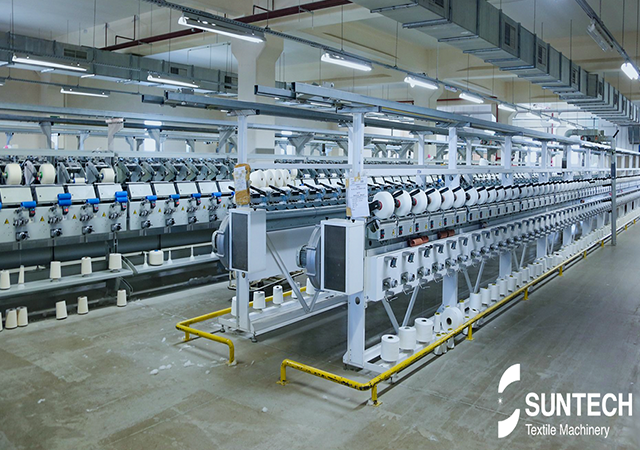Over the last two decades, there has been a consistent annual growth rate of 3% in global textile fiber demand. In the year 2000, worldwide fiber consumption stood at 53.1 million tons, including 63 million tons of polypropylene, and in 2001, it slightly increased to 53.4 million tons.
In 2000, with a global population of 6 billion, per capita fiber consumption was 8.7 kilograms. Notably, North America led with 36.1 kilograms per capita annually, while Africa and China had 3.2 kilograms and 6.6 kilograms, respectively. Projections indicate that the annual 3% growth in world fiber consumption will persist, necessitating an additional 2 million tons each year, equivalent to constructing 15 to 20 new world-scale factories. By 2005, it is anticipated that developing countries will surpass developed nations in fiber consumption by 10%.
Breaking down the composition of global textile fiber consumption in the year 2000, chemical fibers comprised 31.9 million tons, constituting 60% of total fiber consumption. Among chemical fibers, polyester alone accounted for 19.1 million tons, representing 35.9%. Concurrently, cotton consumption reached 19.8 million tons, making up 37.3% of total fiber consumption, while wool consumption stood at 1.4 million tons, contributing 2.6% to the total.
Looking ahead, the forecast for the next decade predicts a 4.4% annual growth rate for world textile fibers, with polyester's growth reaching an average of 6% per year. Polyester is expected to increase from 19.1 million tons in 2000 to 34.1 million tons by 2010, further elevating the proportion of chemical fibers in the textile fiber market.
Over the ten years following 1997, the share of global trade in industrial textiles and fibers within the overall fiber industry is projected to rise from one-third in 1997 to over 50% in 2998. This surge in market demand will prompt countries' enterprises to intensify their focus on developing industrial textiles and fibers, engaging in fierce market competition.

Industrial fibers are poised to become a crucial raw material for the manufacturing industry, serving as substitutes for metals, plastics, paper, and asbestos. The trend towards lightweight, high-performance, diversified, and aesthetically pleasing industrial materials is expanding the applications of industrial fibers, driving continuous market demand. Notably, China's industrial fiber consumption and market trade are anticipated to grow at a rate exceeding 10% annually in the next decade.
The global textile industry structure and regional distribution are expected to undergo further adjustments. Discrepancies between market demand and local production will widen in regions such as North America, Western Europe, Japan, Africa, the Middle East, and Australia. For instance, North America is anticipated to witness a 2.1% annual increase in market demand for fibers, while fiber processing by factories is expected to decrease at a rate of 0.2% per year, expanding the market space. A notable trend is the shift of labor-intensive enterprises with relatively high costs to developing countries, while developed nations will actively pursue high-tech textile products, competing for market share through advanced technology, high added value, and business monopolies.
SUNTECH Textile Machinery, with its extensive product range, caters to various fabric types, including fabric relaxing machine, motorized beam trolley, beam storage, and fabric inspection machine. Positioned at the forefront of the textile industry, SUNTECH Textile Machinery welcomes inquiries for quotes and cooperation opportunities.




